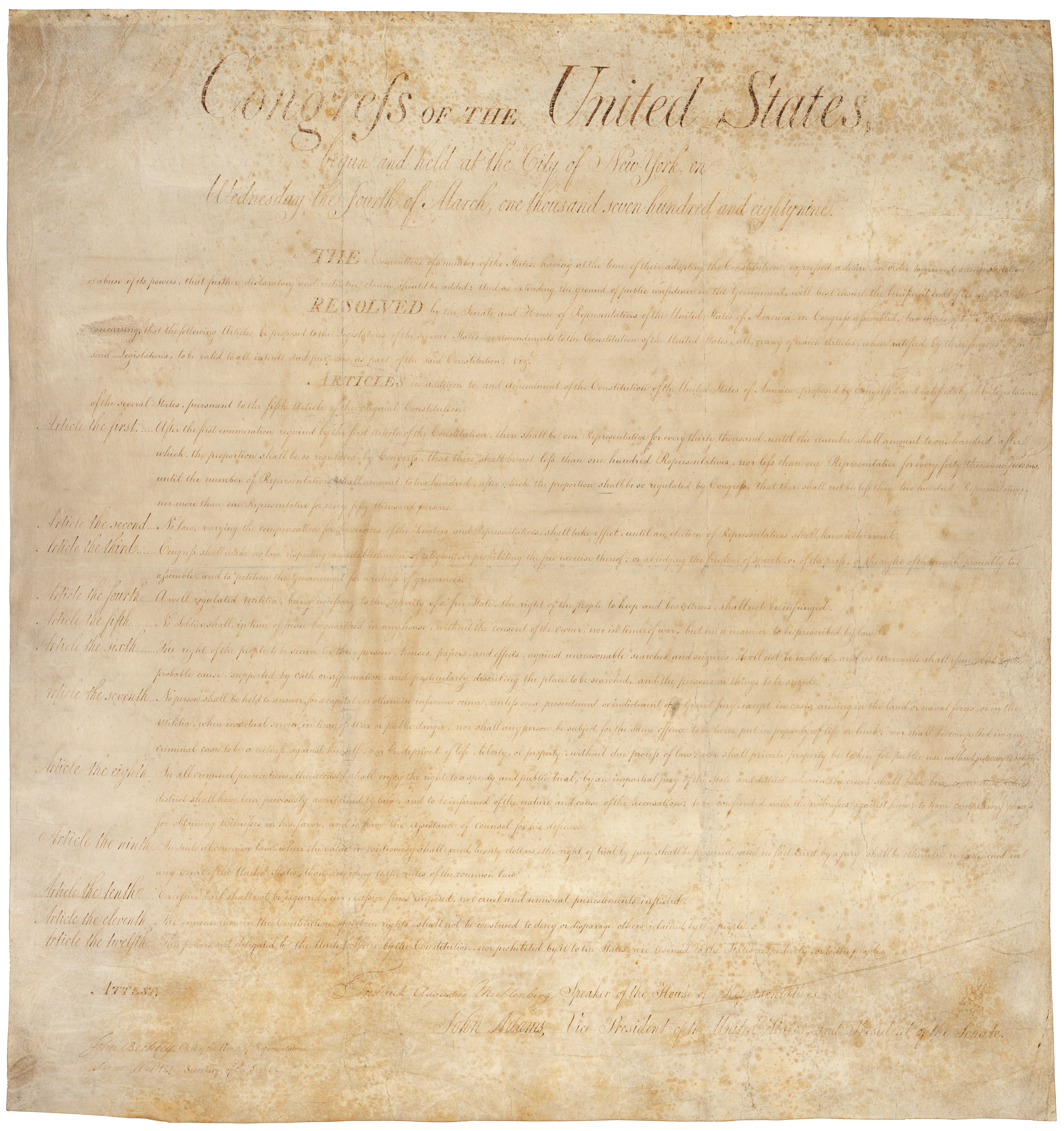 New Directions in the Study of Prayer grantee Peter Manseau observes that both the Obama and Romney campaigns describe religious liberty as America’s “first freedom,” a characterization that has “become so commonplace that it seems churlish to question it.” But Manseau finds that what constitutes the first freedom has historically been far from clear-cut, and that “religious freedom today is anything but apolitical.”
New Directions in the Study of Prayer grantee Peter Manseau observes that both the Obama and Romney campaigns describe religious liberty as America’s “first freedom,” a characterization that has “become so commonplace that it seems churlish to question it.” But Manseau finds that what constitutes the first freedom has historically been far from clear-cut, and that “religious freedom today is anything but apolitical.”
Whatever pride of place religion may have enjoyed during the founding era, the assumption that the written order of the Bill of Rights alone makes religious freedom “first” or “foremost” in terms of significance has not been universally shared since that time. Americans have long been great list makers (“We hold these truths to be self evident…”), but shifting national priorities through the years have reorganized our sense of how rights should be enumerated. For much of American history, “first freedom” was more likely to refer to freedom of the press or speech than religion. In the middle of the 20th century, however, when the Jesuits John Courtney Murray and Wilfrid Parsons began articulating Catholic understandings of the role of religion in American public life, the phrase found forceful advocates of its current meaning.
Read the full piece here. Learn more about the SSRC’s New Directions in the Study of Prayer program here.











